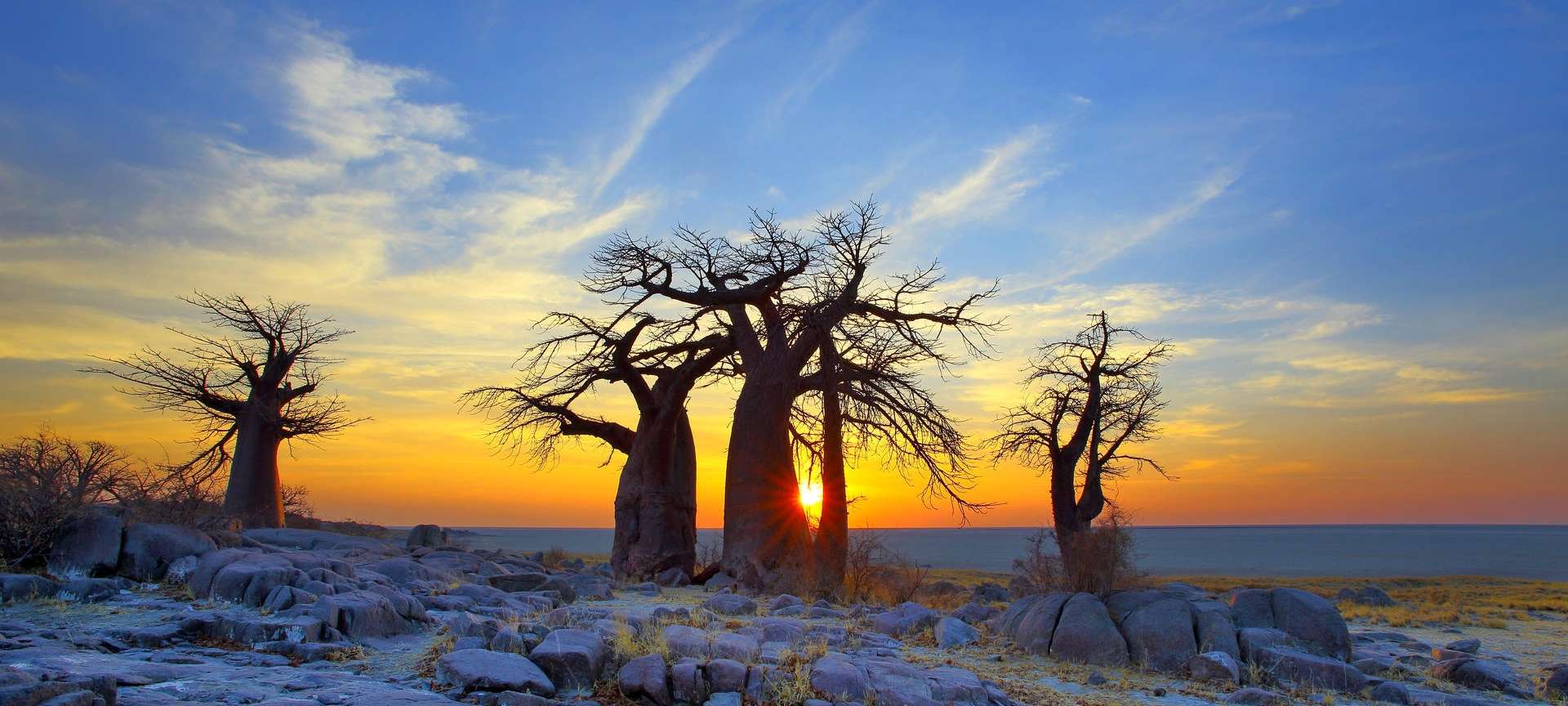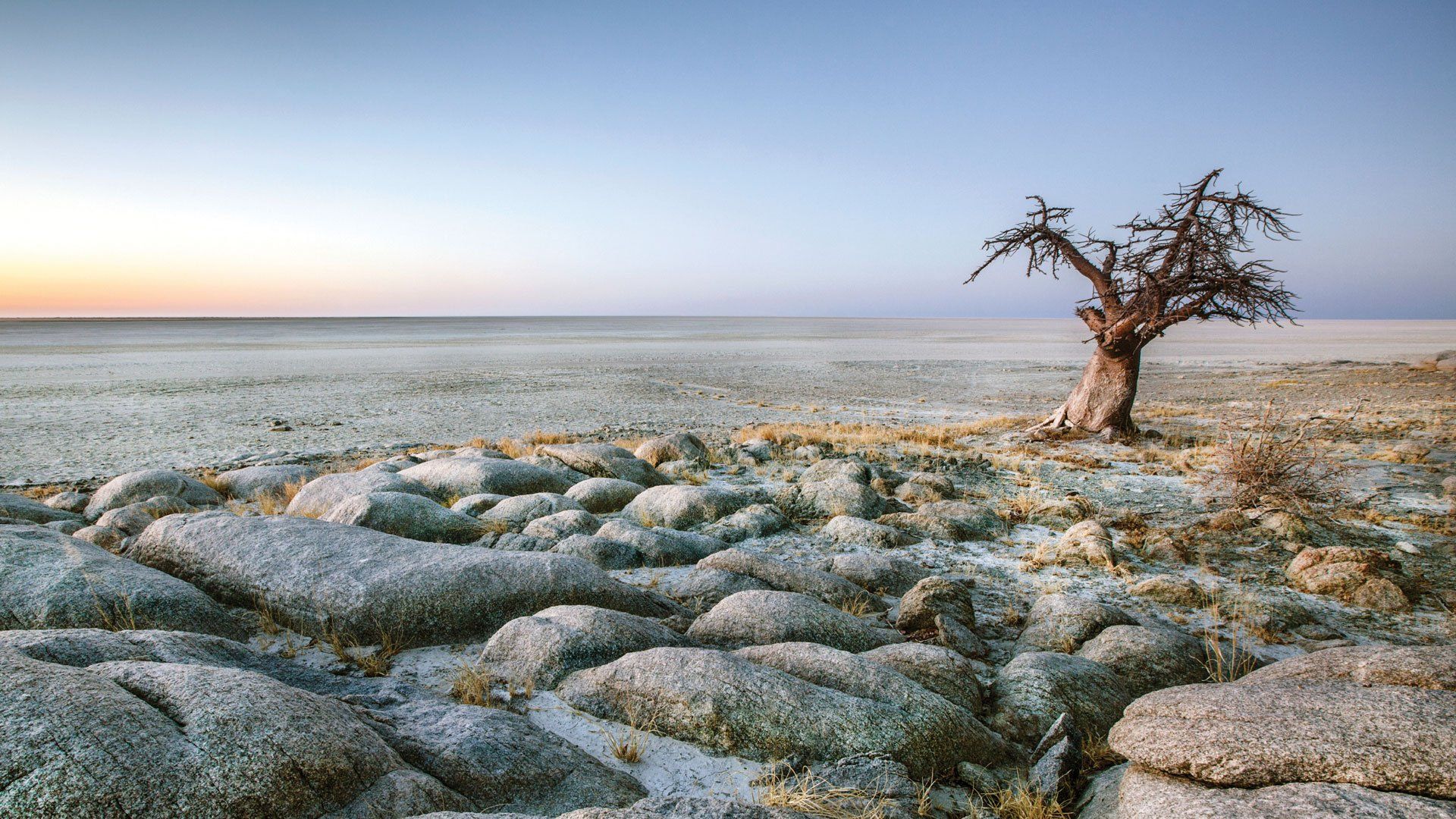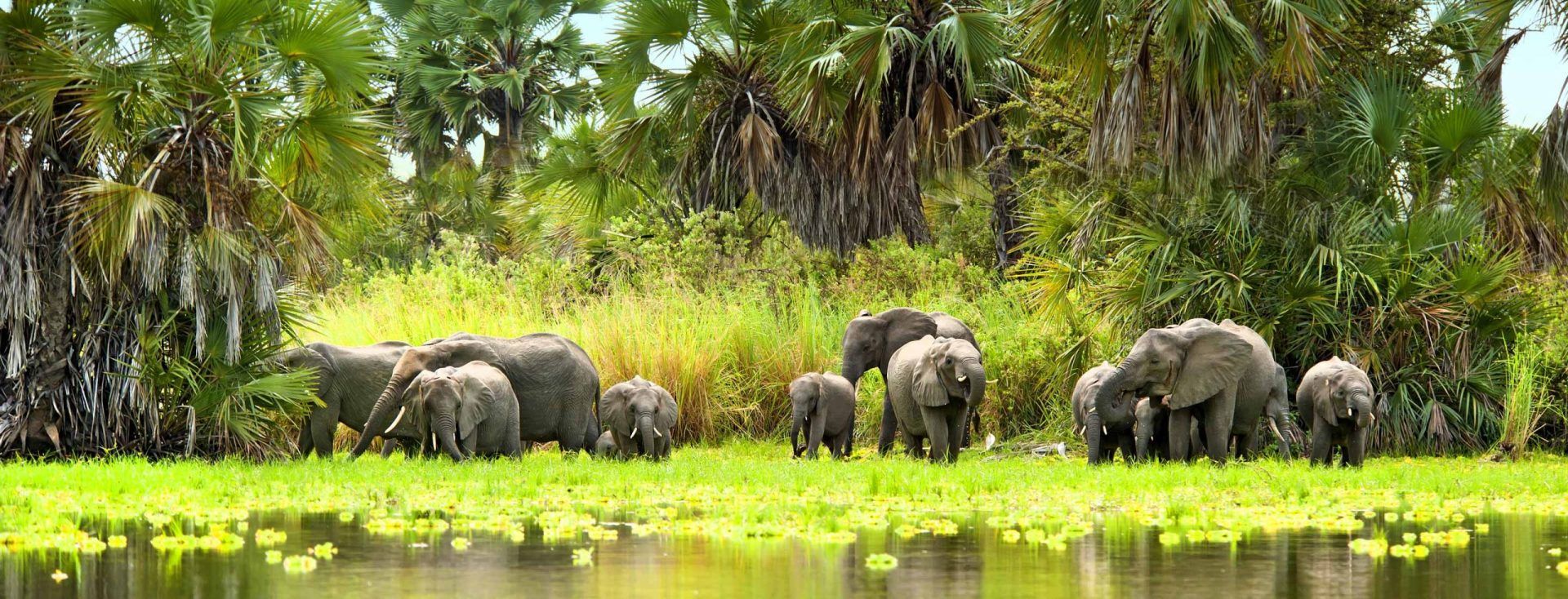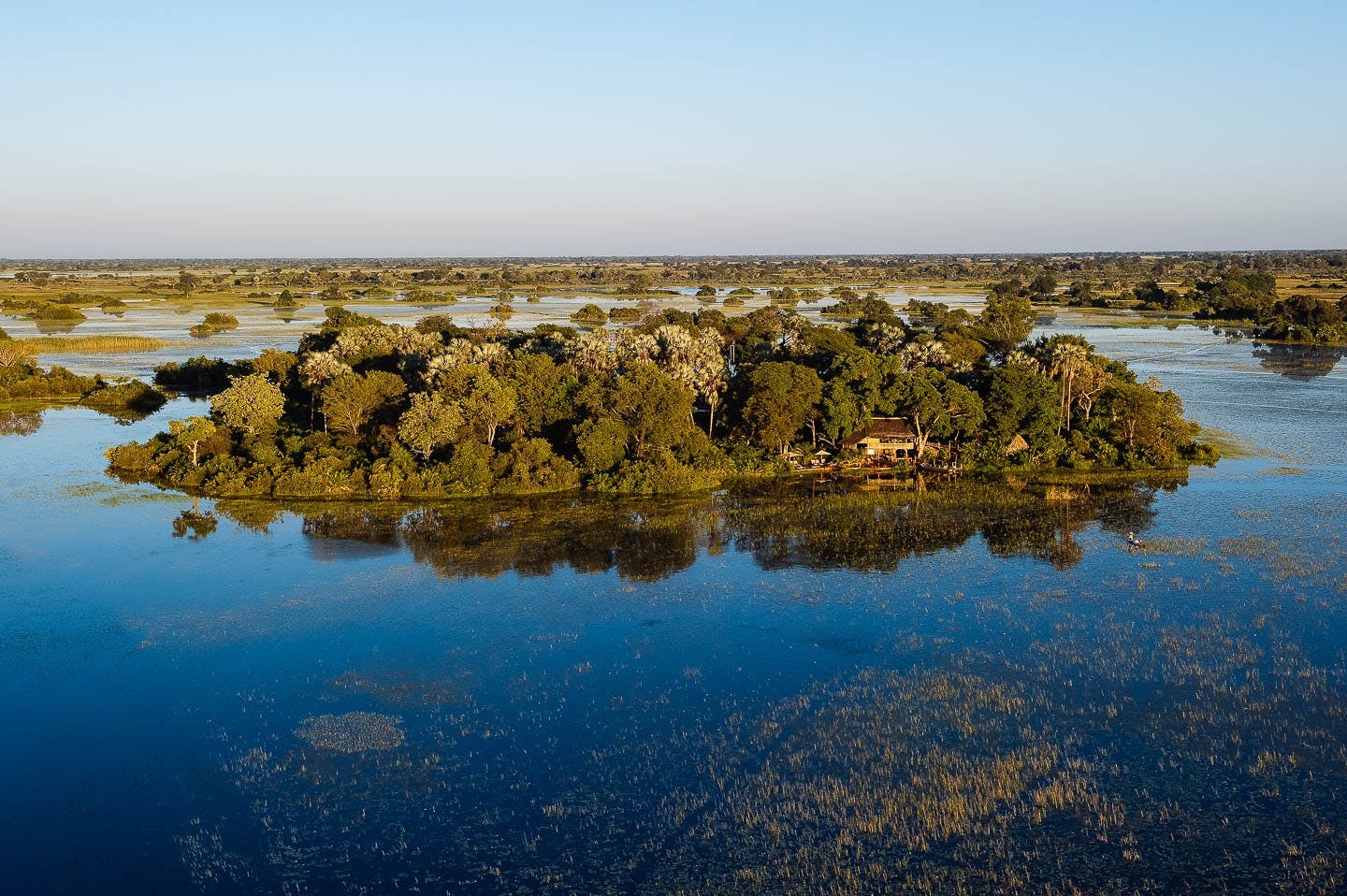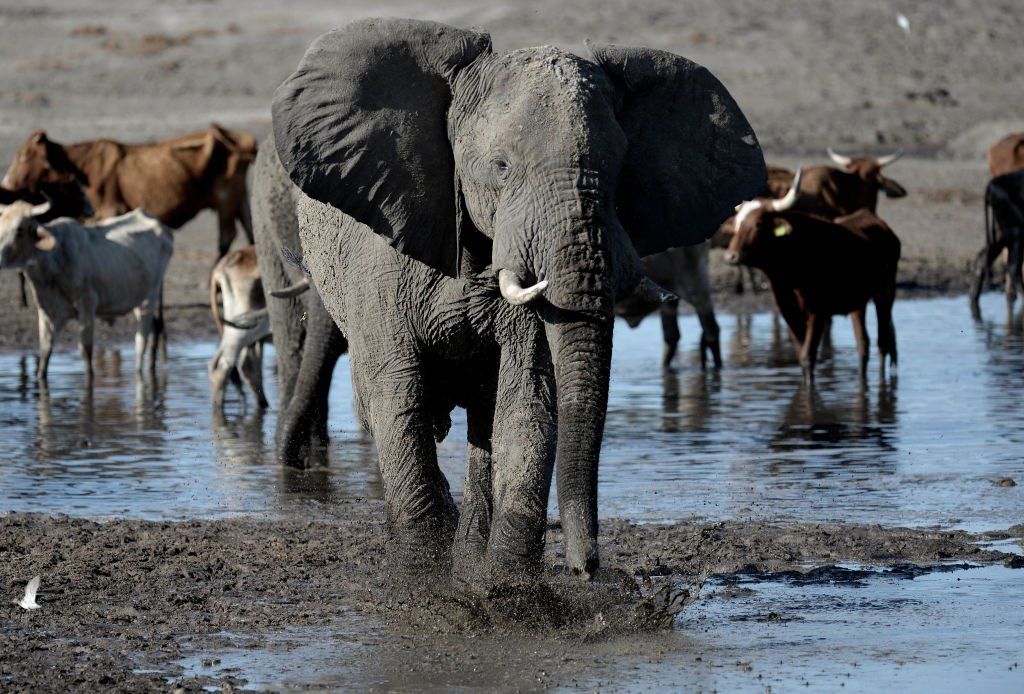Botswana is a very seasonal destination, more so than most Southern African countries. World-renowned for its iconic water-based safaris that centre around the Okavango Delta, it is important to note there are very specific months during which the Delta is flooded. It is equally important to select the right lodge, to avoid running the risk of missing out on this bucketlist experience. While each of Botswana’s season has its own beauty to offer, we at The Travel Cafe are always ready to plan an itinerary that is tailored to your unique needs and desires, while suggesting the best season for you to travel in.
Winter (June to September): Like most Southern African destinations, winter is the best time to go to Botswana from a weather perspective. The days are dry and sunny, and yet water levels are at their highest in the Okavango Delta and the adjacent Moremi Game reserve. This is the best time to explore all this region’s little hidden waterways by boat or mokoro, the traditional dugout canoe. Pair this with eventful 4x4 drives and adventurous bush walks, and you are guaranteed a spectacular safari experience that will stay with you all your life.
If you intend to visit the more remote parks of the Central Kalahari or the ancient salt pans of the Makgadikgadi Pans however, it’s worth knowing that the seasons are reversed. Winter, like in the rest of Botswana, is the dry season. And while that means great sunny weather, the water sources of Central Kalahari and Makgadikgadi Pans dry up during these months, and as a result wildlife move on to greener pastures. Still, despite being deserted of wildlife, the salt pans are transformed into an otherworldly beauty with its dazzling white salt-crusted surface as far as the eye can see.
Prices are at the highest during winter though, and some lodges charge double the price of low season, so if you are at all budget-conscious, we suggest you choose the shoulder seasons, as explained below.
Autumn (April – May) and Spring (October – November): The favourite time for François, JD and the rest of The Travel Cafe team to visit Botswana is autumn. To be even more precise: April and May, just after the first rains. At this time of the year the country is lush and green after the summer rains, and yet you benefit from long sunny days with comfortable temperatures. This is the perfect time to combine a visit of both the northern parks such as the Okavango delta with the southern circuit including the Central Kalahari, so as to sample the best of both worlds.
Chobe National Park, home to the biggest single population of elephants in Africa, is less affected by seasons than the rest of the country, due to the large Chobe River which flows all year long and provides a safe haven for countless species.
Rates are lower than in winter, so you may also benefit from some very good deals.
Spring has similar conditions to autumn and is a lovely alternative, the only reason we prefer autumn is because almost every Botswana itinerary either starts or ends at neighbouring Victoria Falls in Zimbabwe, the largest waterfall on earth and since its located only one hour from Chobe it is highly recommended to integrate this spectacular cascade of water in your adventure. Victoria Falls has a very reduced water flow in spring whereas it awes its visitors in autumn, with a heavy sheet of water plummeting into the impressive gorge below.
Summer (December – March): Summer as a rule is our least favourite season to head to Botswana. It is the rainy season with some powerful afternoon storms and hot humid days, with temperatures rising as high as an uncomfortably hot 40°C / 105°F. Paradoxically, this is also the time where the water levels in the Okavango delta and Moremi are at their lowest, and water-based activities are usually suspended. Since the boating and canoeing are Botswana’s most unique feature, it would be a shame to miss it.
Summer is, however, the best season to visit Botswana’s Central Kalahari or Makgadikgadi Pans region, which explode with life and colour during the summer rains. The annual zebra migration takes place and zebras arrive in their thousands, while the usually barren salt crusts turn into large beautiful lakes and flamingos flock to the pans which is one of their favourite breeding grounds.




